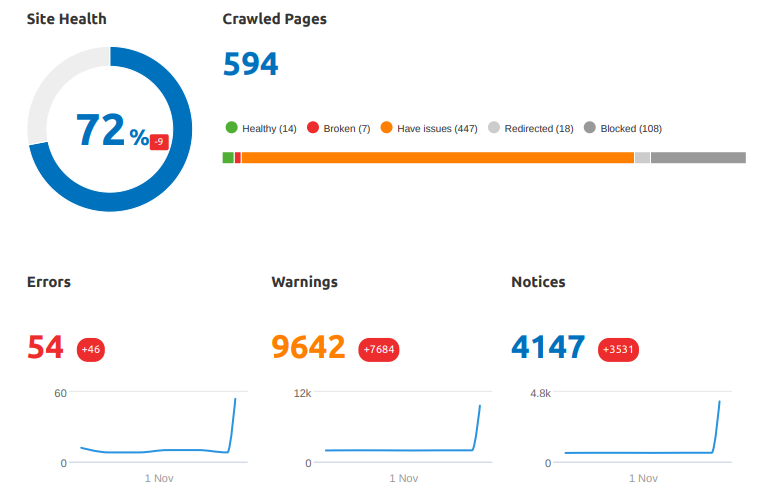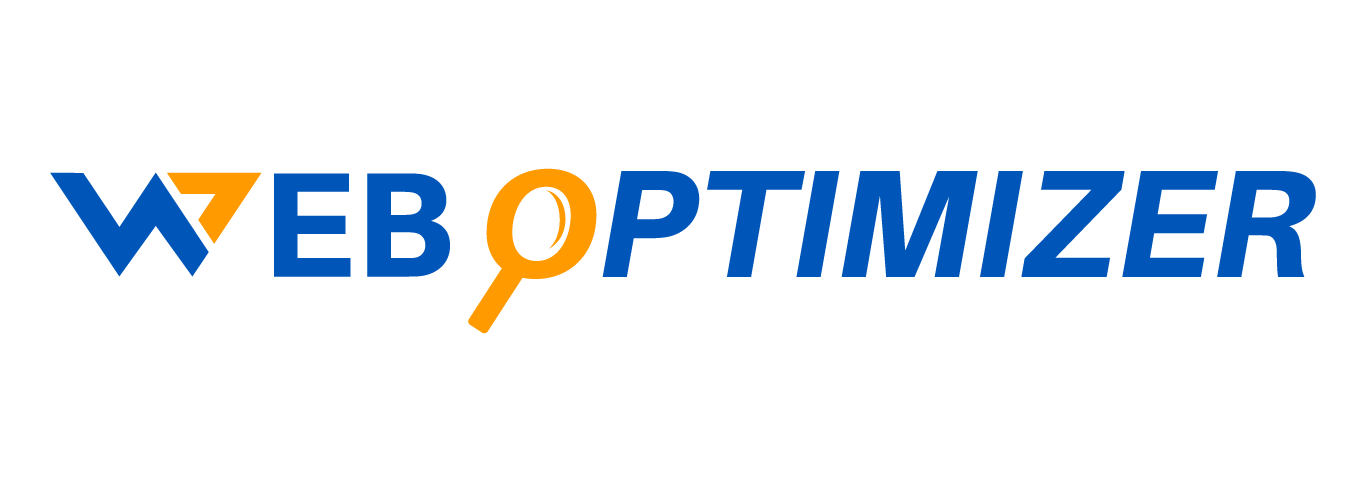
On Page SEO
Certainly! Crafting SEO-friendly blog content involves a combination of strategic planning, keyword optimization, and quality writing. Here’s a step-by-step guide to help you create on-page SEO-friendly blog content:
Keyword Research
Identify relevant keywords related to your blog topic using tools like Google Keyword Planner, SEMrush, or Ubersuggest.
Choose primary and secondary keywords that align with your content and have a decent search volume.
Content Structure
Organize your content with a clear and logical structure. Use headings (H1, H2, H3, etc.) to break down the content into sections.
Compelling Title
Craft a captivating and relevant title that includes your primary keyword. Keep it under 60 characters to ensure it displays well in search results.
Meta Description
Write a concise and enticing meta description (around 150-160 characters) that summarizes the content and includes relevant keywords.
URL Optimization
Create a SEO-friendly URL that includes your primary keyword. Keep it short, descriptive, and easy to understand.
Keyword Placement
Naturally incorporate your primary and secondary keywords throughout the content. Don’t overstuff; aim for a natural flow.
Quality Content
Focus on creating valuable and informative content that meets the needs of your target audience.
Aim for a word count that is appropriate for your topic; longer, in-depth articles tend to perform well.
Engaging Headings
Use descriptive and engaging headings and subheadings. Headings not only help with SEO but also make your content more reader-friendly.
Internal and External Links
Include relevant internal links to other pages on your website.
Add external links to reputable sources that provide additional value to your readers.
Media Elements
Use high-quality images, infographics, or videos to enhance your content.
Optimize images with descriptive file names and alt text containing relevant keywords.
Mobile Optimization
Ensure your blog is mobile-friendly for users on various devices.
Social Sharing
Include social sharing buttons to encourage readers to share your content on social media.
Regular Updates
Keep your content up-to-date. Search engines prefer fresh and relevant content.
Call-to-Action (CTA)
Include a clear and relevant call-to-action to guide readers on the next steps.
Remember that SEO is an ongoing process. Regularly monitor your content’s performance, make adjustments based on analytics data, and stay updated on SEO best practices.

